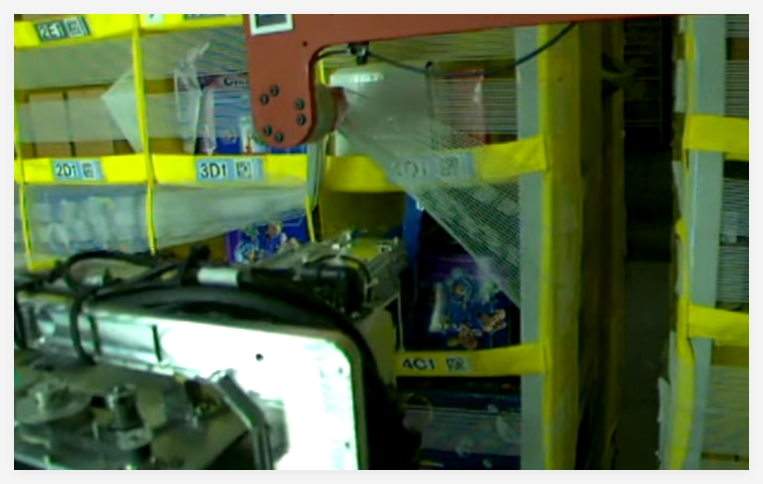Amazon's Vulcan Robots Reshape Warehouse Work
Amazon has unveiled its latest warehouse automation innovation: the "perceptive" Vulcan robot system. These machines are gradually assuming tasks traditionally performed by human workers, marking a significant shift in fulfillment center operations.

CEO Andy Jassy highlighted on social media that Vulcan robots enhance workplace safety by handling ergonomically challenging tasks. According to company statements, the machines specialize in retrieving items from high and low shelves, reducing workers' need for ladder climbing or excessive bending. Human employees now focus primarily on mid-level shelving and exceptions the robots can't handle.
The tech giant reports Vulcan systems already process 75% of customer orders, while creating hundreds of new technical positions. Roles range from robot monitors to maintenance engineers. Amazon is investing in retraining programs to transition some warehouse staff into these emerging technician roles.
However, the transformation isn't without challenges. The company acknowledges this isn't a simple worker-for-robot swap - warehouse staffing needs may decrease overall. Not all employees may transition successfully into technical positions despite training opportunities.
What does this mean for the future of warehouse work? While automation advances rapidly, humans retain critical roles across retail, food service, and transportation sectors. Amazon's approach suggests a hybrid model where humans and AI collaborate rather than compete outright.
The Vulcan rollout reflects broader industry trends as companies balance efficiency gains with workforce considerations. Amazon emphasizes its commitment to employee development through retraining initiatives, though the long-term employment impacts remain uncertain.
Key Points
- Amazon's Vulcan robots automate high/low shelf retrieval, improving worker safety
- New technical roles created as robots handle 75% of orders
- Workforce transitions present challenges despite retraining programs
- Human-AI collaboration emerges as prevailing operational model